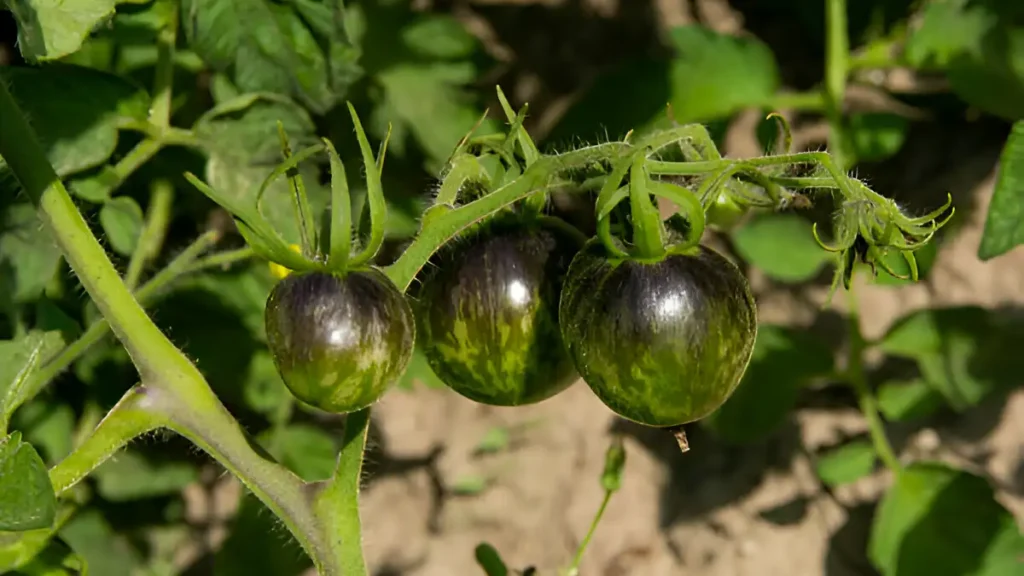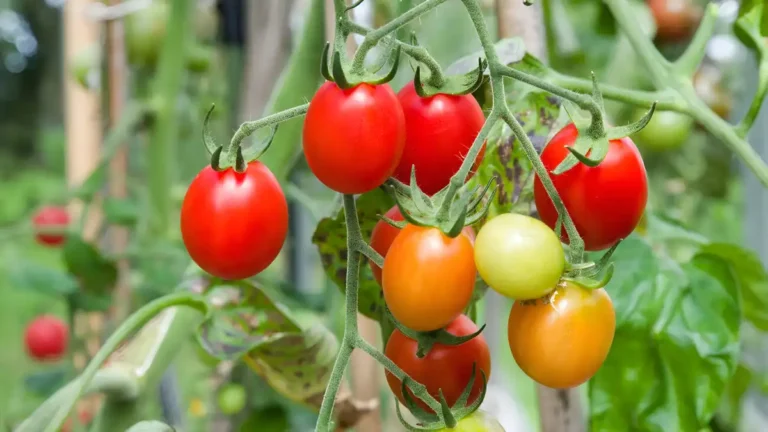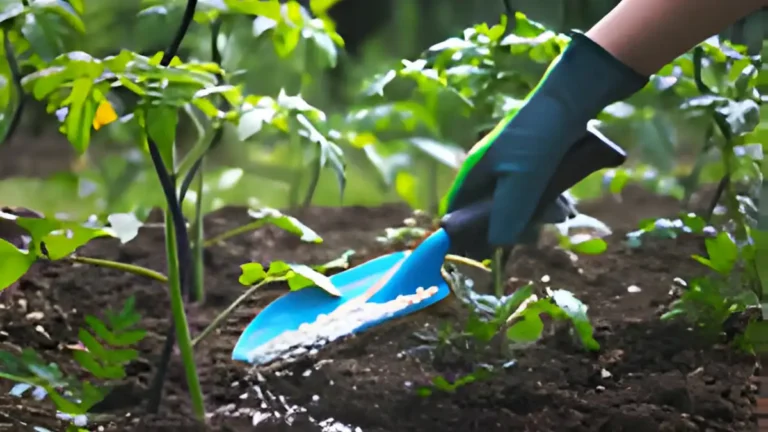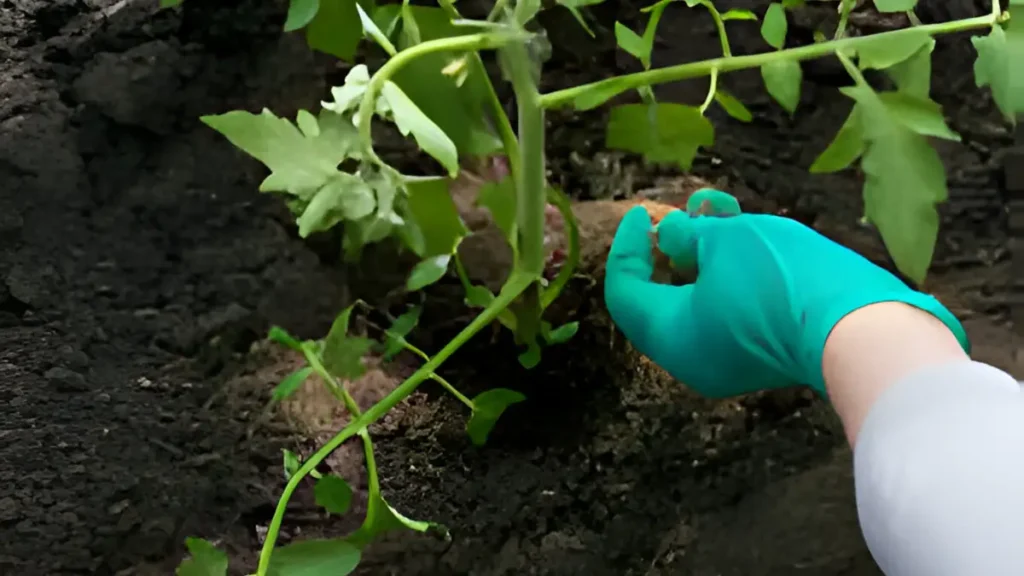Small gardens, pots, and even indoor gardening are perfect for dwarf tomato plants, engineered to be compact and provide tiny fruit. Many gardeners favor dwarf tomato plants because they provide tasty, flavorful tomatoes despite their diminutive stature. Dwarf tomato plants are an excellent option for gardeners. This article will discuss some of the greatest dwarf tomato plants to cultivate and care for.
Best Dwarf Tomato Plants:
If you don’t have enough room to grow tomatoes indoors, don’t worry—many dwarf tomatoes are available that can fit in a pot in your garden or on your balcony, and micro tomatoes are tiny enough to grow indoors. Look for dwarf tomato seeds at your neighborhood nursery or garden center if you want to start from scratch.
How to grow dwarf tomato plants:
- Uluru Ochre
Australia’s Patrina Nuske Small crossed Orange Heirloom with our favorite Rosella Purple to create Uluru Ochre. This tomato is always flavorful and unique.
- Plant it in well-drained, slightly acidic soil in warm, subtropical climates. They favor direct sunlight over shady areas. Water frequently, but do not overdo it.
- During the growing season, use balanced fertilizer. Pruning regularly will keep everything in shape and promote growth.
- Dwarf Golden Gypsy
Mid-season fruit yields are high for Golden Gypsy miniature tomatoes. Vibrant yellow fruits are flavorful and tart. The plants are extremely heat tolerant, compact, and bushy.
- Plant seeds in well-moisturized, premium seed starting soil when using starter pots. The tomatoes grow well in direct sunlight. Every week, supply one to two inches of water. Refrain from overwatering.
- Once a month, give your plant a balanced fertilizer treatment. To encourage strong growth and fruiting, prune your plant frequently.
- Dwarf Red Robin
The scientific name for this plant is Photinia x fraseri ‘Red Robin’. In addition to being the most compact of all, it still has the crimson leaves.
- Select a spot between full sun and partial shade. Create a hole that is twice as wide as the rootball. Add a few handfuls of blood, after placing the plant in the hole, fill it in with dirt to the same depth as the pot. When the weather is dry, you can water effectively.
- It will grow a strong root system with a twice-yearly meal consisting of blood, fish, and bone given in the spring and fall. Early to mid-June is the best time to prune annually since plants that are pruned at this time have a higher chance of blooming again the following year.
- Dwarf Micro-Tom
Reputable for its compact growing habit, great yield, and mouthwatering flavor, the dwarf micro tom is a tomato cultivar that is often grown. Therefore gardeners with little area would find it to be the perfect option.
- Use a potting mix that drains effectively and is intended especially for these kinds of tomatoes. Let there be at least six hours of direct sunlight each day. Aim to avoid overwatering when you water.
- Once a month, fertilize your plant with a balanced mixture. Maintain the plant erect with tomato cages, trellises, or poles. Regular pruning will encourage strong growth and fruit production on your plant.

5. Dwarf Rosella Purple
A distinctive and alluring tomato plant variety, dwarf rosella purple has a compact growth habit and an abundance of mouthwatering, rich purple fruits.
- For these tomatoes, use a potting mix that drains well. Let there be at least six hours of sunlight each day. Water your soil frequently, especially when the top inch seems dry.
- A water-soluble fertilizer applied at half the required intensity is another option. Tomato cages can be used to keep the plant standing. Regular pruning of your plant promotes healthy development and fruiting. Eliminate any suckers, poor growth, and lower leaves.
6. Dwarf Russian Swirl
A fascinating kind of tomato plant called dwarf Russian swirl yields an abundance of mouthwatering fruits with a swirling design.
- Keep it in direct sunlight for 6 hours a day, and use a well-draining potting mix for these tomatoes. Avoid excess water.
- Sustain a temperature of over 55°F at night and between 65 and 75°F during the day. A balanced fertilizer should be applied to your plant once a month. To encourage strong growth and fruiting, trim your plant frequently.
7. Dwarf Chocolate Lightning
Matures in 85 days, Dwarf Chocolate Lightning is a determinate tomato with medium-sized fruit and a rich, well-balanced flavor. Excellent for sandwiches and slicing.
- Pick a potting mix that drains properly and is made specifically for these tomatoes. For indoor plants, use grow lights; ideally, they should receive six hours or more of direct sunlight each day. Frequently drink water
- A water-soluble fertilizer applied at half the required intensity is another option. Plants that become pot-bound should be replanted in the spring every one to two years. For optimal growth, give your plant frequent pruning. When tomatoes are completely brown, they are ready to be harvested.
Conclusion:
In conclusion, Though they grow to a height of around 2 to 4 feet, dwarf tomato plants are compact and generate a large amount of full-sized tomatoes. They are simpler to keep and handle due to their modest stature. Urban gardening, patios, and balconies are three areas where they work especially well. Overall, miniature tomato plants offer a useful and enjoyable gardening experience. To effectively manage dwarf tomato plants, adhere to the preceding criteria.
Certainly! If you’d like to learn more, please consider following our WhatsApp Channel: Harvest Gardening
A frequently asked questions:
Q1. What are the smallest dwarf tomato plants?
A1. Baby dwarf tomato plants are the tiniest varieties. The dimensions of the Micro Dwarf are 3 inches in height and 3 or 4 inches in width. The three-inch-tall Micro-Tom Tomato grows more outwardly than upwards.
Q2. How to Grow dwarf tomato plants indoors?
A2. Plant seedlings inside in high-quality containers four weeks before the first frost. Before planting, sprinkle a slow-release fertilizer into the soil and expose the plants to eight hours of sunlight daily. To encourage healthy development, remove any dead or yellowing leaves.



